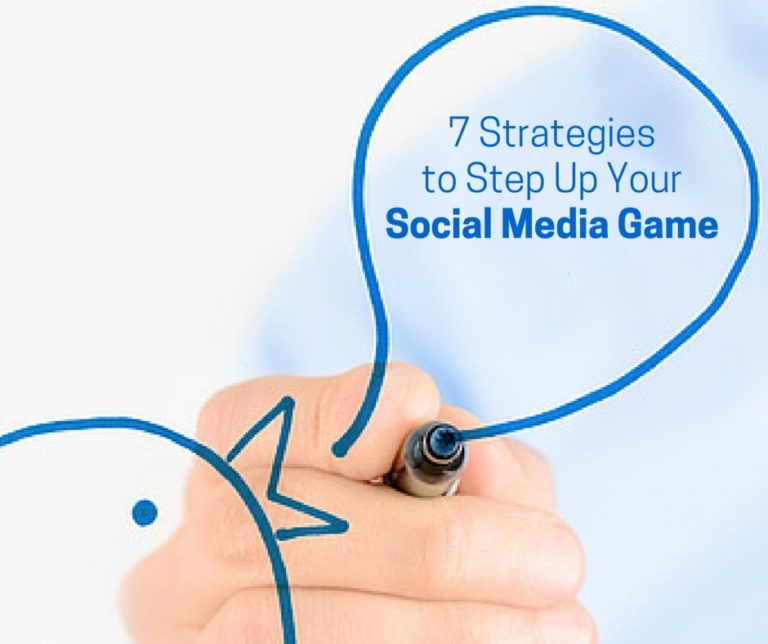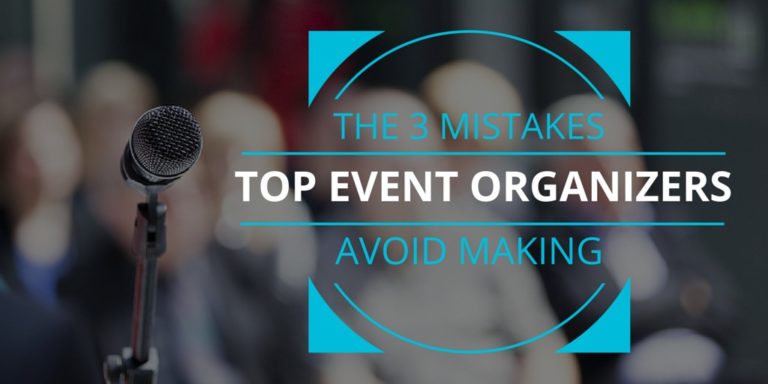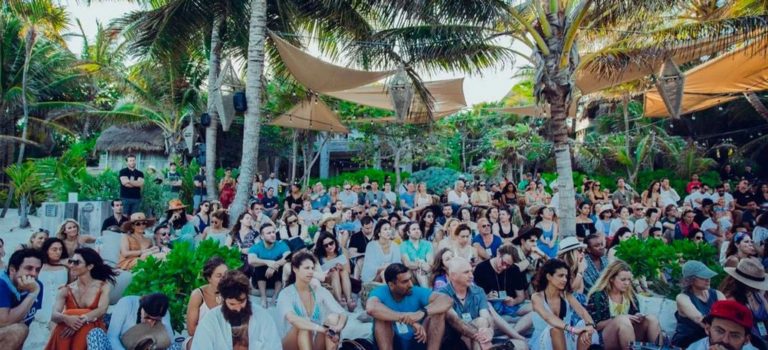When planning your event, one of your first steps as an event planner is to write an event description with the purpose of converting your audience. Your main goal here is to get people to register and sign up for your event, sell tickets, and generate buzz. If you’re wondering how to write an event description, you’re in the right place.
What Is an Event Description and Why Is It Important?
An event description is a persuasive piece of written content in your marketing strategy detailing the who, what, when, where, and why of your event. Event descriptions are an important marketing tactic because it’s how you’ll attract potential attendees to your event. When you answer the five W’s, you’re telling your audience everything they need to know about your event and how their attending your event will make a difference in their lives. But it’s more than just answering the five W’s. When you write your description, you must keep your audience in mind and figure out the best way to speak to them.
10 Tips for Writing Compelling Event Descriptions That Convert
Are you ready to write an effective event description that will convert your audience and turn them into attendees? These 10 tips will help you create the perfect description!
1. Define Your Event’s Goal Clearly
When describing events, you’ll need to define your event’s goals clearly. Think back to the five Ws: Who is your event for, what is its purpose, and why is it important? You can also use the SMART goal method here. Make sure your goals are specific, measurable, achievable, relevant, and time-bound. If you’re not specific enough, you leave room for your audience to be confused and confusion could lead to your audience not caring enough about your event to sign up. But defining your event’s goals doesn’t just help your audience understand your event better — it also helps you plan better and smarter.
Knowing your event goals clearly will help you decide on the type of event you’ll be hosting, who your target audience is, and any important messages you want to relay. Then, after your event comes to a close, you can use your event goals to compare and figure out if your event was successful or not. After all, your event goals are what you want your event to accomplish, and you can use those goals to compare what you expected vs. what actually happened.
2. Create a Profile of Your Target Audience
If you’re struggling to figure out who your target audience is, that’s okay. It happens. And when it happens, your best course of action is to create a profile or persona of your target audience. Now, creating such a profile will require some effort and research to identify your target audience.
Dig down deep. Think about your audience as it is now. Figure out their demographics and more in-depth information such as their interests, values, and behaviors. A good way to figure out this info is through surveys.
You should also be thinking about your target audience’s pain points and how you can help.
3. Evaluate Descriptions From Competitors’ Events
Stuck when it comes to writing your event descriptions? Have you considered looking at your competition? Well, you should!
If you’re truly feeling stuck in writing a compelling event description for your next event, take a peek at your competitors’ events and how they’ve written their descriptions. While you can’t copy them word-for-word (that’d be plagiarism!), you can at least get a general idea of how to write your copy. Look at how they format their descriptions and the information they include. Don’t forget to check into your competition’s past event descriptions and compare them to their current ones as this can help you figure out what to avoid if past event descriptions didn’t convert as well as current ones.
4. Leverage Social Proof
It’s natural to look at someone else’s experiences and want to follow their actions based on those experiences. If you know that someone has had a good experience with a company, obviously you’ll be more willing to give them a chance. This phenomenon is often referred to as social proof and you should be using it to attract event attendees.
Use testimonials and positive reviews throughout your event description. Place them strategically around the middle or at the bottom. Don’t overcrowd your event description with social proof, but use a few different instances throughout your description to show the effects that your past events and your company have had on your current supporters.
5. Connect With Your Audience on an Emotional Level
Humans are emotional creatures who want to feel valued, appreciated, and seen. And one of the best ways to show your audience you care is to connect with them on an emotional level. When you connect emotionally, you’ll build trust and credibility with your audience. Connecting helps drive engagement and will improve your brand’s reputation.
But how do you connect to your audience on an emotional level? Well, it comes down to understanding your audience. You need to understand who they are and what they value. Then you can tailor your content so that your audience relates and finds meaning in it.
Make sure you’re being authentic in your messaging. Address your audience either by name or by using words like “you.” Encourage open communication and feedback. Let your audience know that you value them and are grateful. Keep things personalized and show empathy where you can.
6. Include All Relevant Details
Your event’s description needs to include all relevant event details so that your audience and potential attendees know exactly what they’re signing up for. Let them know when your event will take place so they can mark it on their calendars. Tell them the event location so they can make arrangements to get there.
Explain your event registration process so they can sign up in advance. Give them information about the venue, accessibility options, entertainment, costs, and what you’ll be serving in terms of food and drink.
Include essential details like the event’s name and type, whether it’s in-person or virtual, and the event overview and purpose. And finally, be sure to also put your contact information so your audience can reach out with any questions or concerns regarding your upcoming event.
7. Keep It Short and Sweet
The too long, didn’t read (TL;DR) term exists for a reason — people have short attention spans (and they seem to be getting even shorter), and it’s become even more so with the advent of platforms like TikTok, where short-form content runs rampant.
No one wants to sit and read paragraph after paragraph of your event’s description, so aim to keep it short, sweet, and straight to the point. A concise description will stick out to your potential attendees and let them know (and remember) what to expect from your event.
The best way to keep your event’s description short and sweet is to leave out unnecessary details and to avoid technical jargon and overly complicated language. Just keep it simple and things will come together.
8. Consider Formatting Your Description for Different Platforms
Different platforms have different rules and you should take care to format your description based on the different platforms where you’ll be posting it. For example, some social media channels have character limits on posts: X has a 280-character limit per post, while LinkedIn has a generous 3000-character limit. Plus, you can utilize things like bold, italic, strikethrough, headings, etc., in your text posts. Email has its own set of rules.
But character limits aren’t the only thing you should keep in mind. Some platforms also have photo requirements for pixels and resolutions.
So when you write a description, think about the platforms where you’ll be posting your event’s description and format them per their requirements.
9. Highlight Attending Industry Experts
Your event description is the perfect opportunity to highlight any industry experts who will be speaking or giving presentations at your event. So, let your potential attendees know who will be at your event and what they will be doing or speaking about.
When you inform your audience about guest speakers, you’ll create buzz and excitement. Your attendees can understand more about what your event will be about and what to expect and they may even realize that someone they’ve been eager to see will be at your event, so they won’t want to miss it.
10. Optimize Your Descriptions With Data From Past Events
Your past events are a learning experience. Learn from them and use the data to optimize your descriptions for your current and future events. You can include in your description highlights from your previous event, photos and videos, success stories, and quotes. Let your potential attendees know how well your previous events did.
But learning from your past events isn’t just about what you did right, it’s also about where you could have improved. Use the data from your past events to figure out where you fell short and what you can do better in your next event, and then use that information to tailor your event description.
For example, perhaps your content and speakers fell short. Now’s a great opportunity to add some diversity to your lineup, and you can showcase that in your event description. Track pixels and other metrics to optimize your descriptions.
Reach Your Potential Attendees and Organize Successful Events
Our event management software can help you with planning your event from start to finish. If you need a landing page or help promoting your event, we’ve got you. If you need help selling tickets or connecting with sponsors, we’ve got you. Get a demo today and see how we can help event organizers like yourself organize successful events.Â







